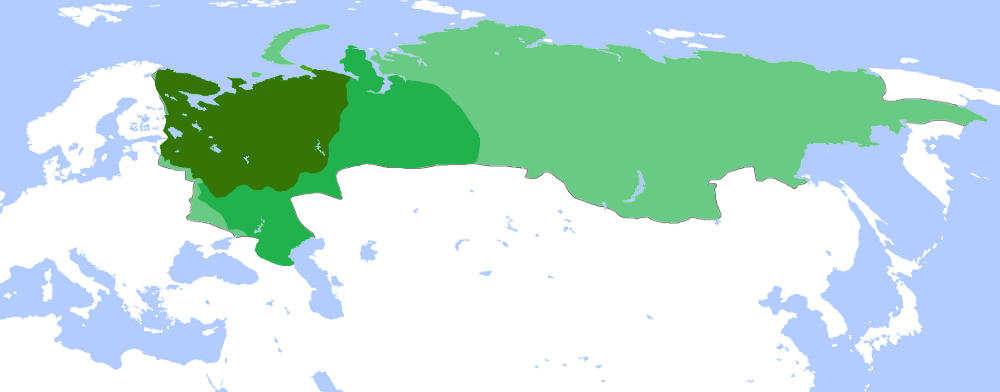Tsardom of Russia

Tsardom of Russia
The Tsardom of Russia, also known as the Tsardom of Muscovy, marked a pivotal period in Russian history from 1547, with Ivan IV's assumption of the tsar title, to the establishment of the Russian Empire by Peter the Great in 1721. This era witnessed Russia's transformation into a centralized state, expanding territorially at an impressive rate of 35,000 square kilometers annually through wars, exploration, and diplomacy. The period was characterized by significant upheavals, including the transition from the Rurik to the Romanov dynasties, conflicts with regional powers like the Polish–Lithuanian Commonwealth, Sweden, and the Ottoman Empire, and the extensive conquest of Siberia.
One of the most notable aspects of the Tsardom was its cultural and political evolution. Ivan IV, known as Ivan the Terrible, significantly shaped the Russian state, emphasizing the expansion of tsarist authority and Orthodox Christianity. His reign saw crucial events like the Battle of Molodi against the Crimean Tatars and the tragic killing of his son, which had profound impacts on the Tsardom's future. The era also marked the foundation of important cities and the establishment of the Russian Orthodox Church's patriarchate, further consolidating tsarist and religious power.
Peter the Great's ascension to power in 1689 heralded a new age of reform and modernization, pushing Russia towards becoming a major European empire. He initiated significant military, administrative, and cultural reforms, moving the capital to Saint Petersburg and establishing Russia as a dominant force in the Baltic. Peter's efforts culminated in the proclamation of the Russian Empire in 1721, following the victory in the Great Northern War.
This transformative period laid the groundwork for Russia's emergence as a significant European power, characterized by a centralized autocracy, military expansion, and cultural renewal. The Tsardom of Russia's legacy is a testament to the complex interplay of power, culture, and religion in shaping the nation's history.
For art and antiques collectors, and experts, the Tsardom of Russia represents a fascinating era of rich cultural artifacts, including icons, manuscripts, and architectural achievements that reflect the period's unique blend of Byzantine and Slavic influences. Understanding this period provides valuable insights into the evolution of Russian art and statecraft.
To stay updated on the latest findings and auction events related to artifacts from the Tsardom of Russia, signing up for updates can provide exclusive access to a world of historical treasures and scholarly research.
| Country: | Europe, Russia |
|---|---|
| Start of the period: | 1547 |
| End of the period: | 1721 |